Forex Trading Strategies for Scalpers: Approaches Tailored for Traders Looking to Make Numerous Small Trades
Forex trading, a dynamic arena of financial markets, presents a unique approach for those who prefer rapid, frequent trades – scalping. For traders seeking to harness the potential of numerous small trades, scalping strategies offer an exciting opportunity. In this article, we'll delve into the intricacies of Forex trading strategies specifically tailored for scalpers. By the end, you'll be equipped with valuable insights to master the art of scalping, optimizing your chances of success in this fast-paced trading style.
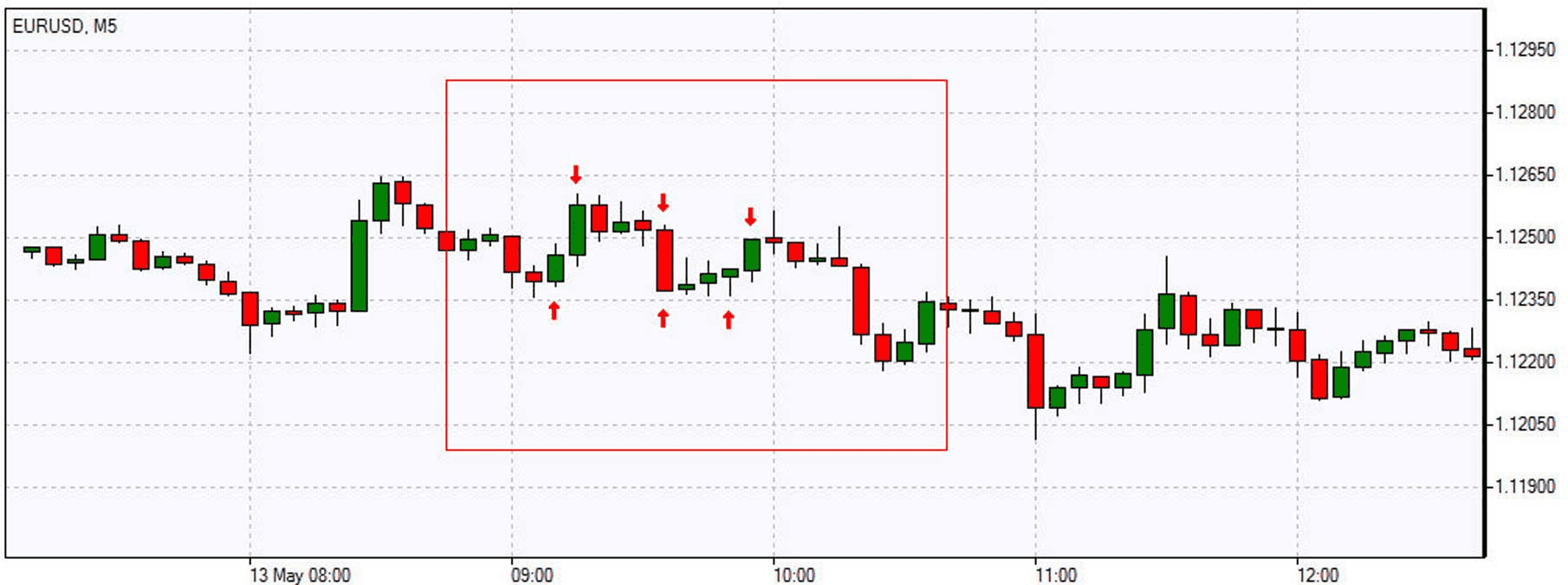
Table Content
1. The Scalper's Mindset: Key to Success
2. Scalping vs. Other Trading Styles: A Comparative Overview
3. Day Trading: A Closer Look
4. Swing Trading: A Deeper Perspective
5. Top Scalping Strategies: A Comprehensive Overview
6. Managing Risks: The Scalper's Shield
7. Footnote
8. FAQs (Frequently Asked Questions)
The Scalper's Mindset: Key to Success
Before diving into specific strategies, let's establish the fundamental mindset that sets successful scalpers apart. Scalping requires keen observation, lightning-fast decision-making, and a strong stomach for risk. The scalper's focus is on quick market movements, exploiting short-term price fluctuations for small but consistent gains. It's essential to be disciplined, patient, and adaptable in the face of rapidly changing market conditions.
Scalping vs. Other Trading Styles: A Comparative Overview
Before you commit to scalping, it's crucial to understand how it differs from other popular trading styles like day trading or swing trading. Let's explore the distinctions and why scalping might be the right fit for you.
Day Trading: A Closer Look
Day trading involves entering and exiting positions within the same trading day. It's more relaxed compared to scalping, allowing for some breathing room in decision-making. Scalping, on the other hand, demands a higher frequency of trades, requiring traders to monitor the market with unwavering attention.
Swing Trading: A Deeper Perspective
Swing traders focus on capturing medium-term price swings. While they hold positions for several days or even weeks, scalpers aim for lightning-fast trades, often lasting just a few minutes. Scalping is all about quick, repetitive action – a style that suits traders seeking rapid results and capitalizing on short-term market inefficiencies.
Top Scalping Strategies: A Comprehensive Overview
Let's explore some of the most effective scalping strategies, each designed to suit different market conditions and risk appetites. Remember, a successful scalper adapts strategies to changing market dynamics.
1. Price Action Scalping
Price action scalping relies on chart patterns, candlestick formations, and support/resistance levels. It's a strategy that requires a sharp eye for reading price movements without relying on complex indicators. Successful price action scalpers anticipate trend reversals and quick breakouts, enabling them to capture small but meaningful gains.
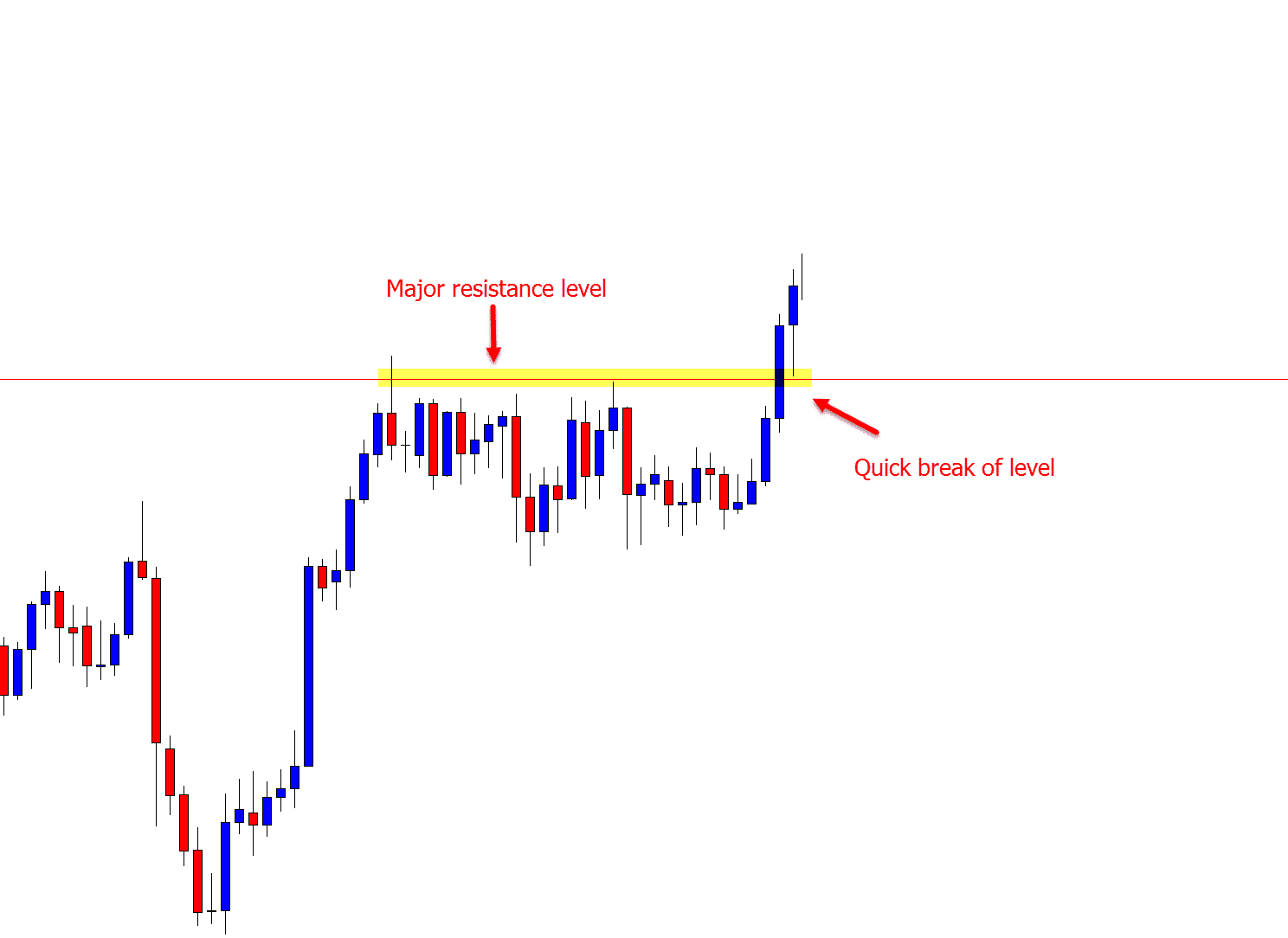
2. Scalping with Moving Averages
Moving averages are powerful tools for scalpers. This strategy involves combining different types of moving averages to identify short-term trends. Scalpers watch for crossovers and use these signals to enter or exit positions. It's a versatile strategy suitable for various currency pairs.
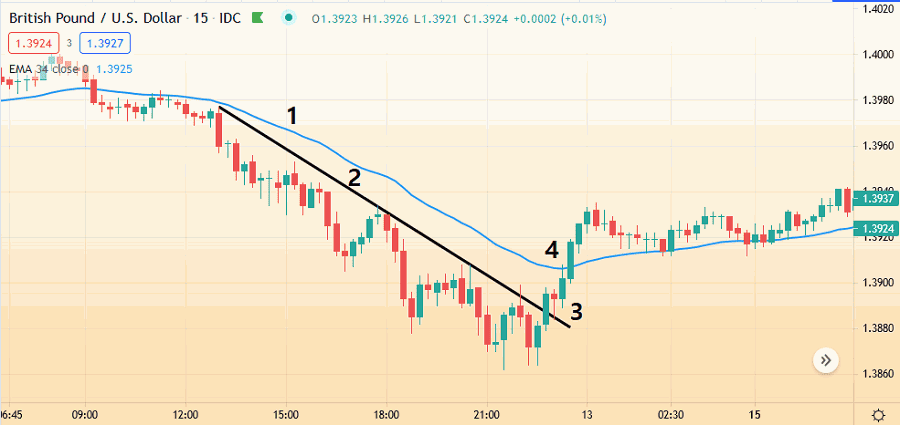
3. Scalping with Bollinger Bands
Bollinger Bands help scalpers spot potential volatility and market reversals. This strategy involves identifying periods of low volatility followed by sudden price movements. Scalpers capitalize on these rapid price changes, making quick profits.
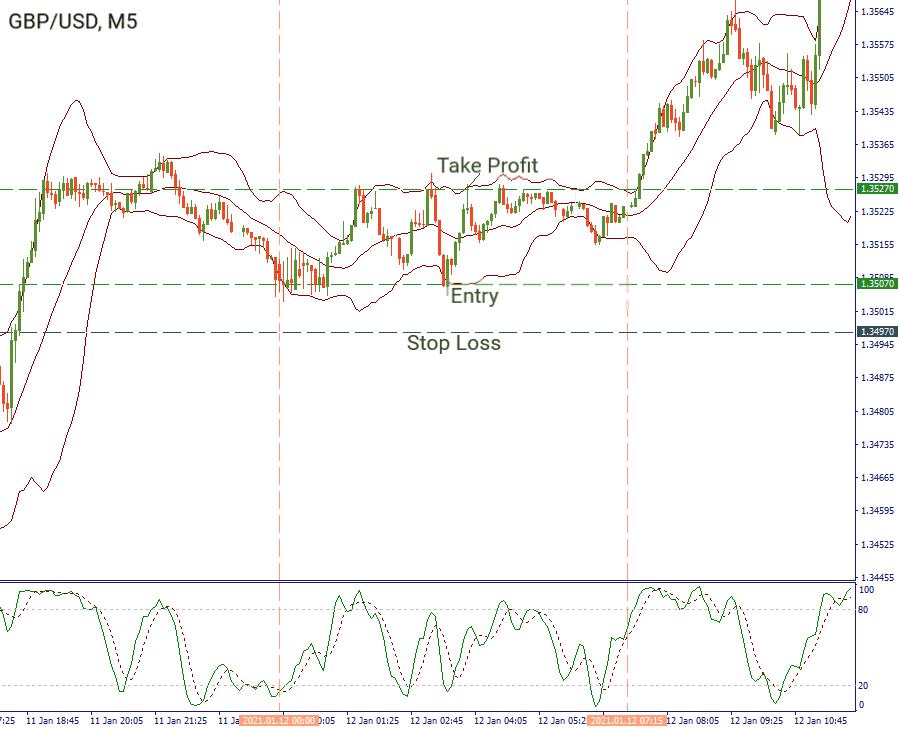
4. Scalping with Fibonacci Retracements
Fibonacci retracements are excellent tools for identifying potential support and resistance levels. Scalpers use these levels to anticipate price bounces and quick reversals. This strategy requires precision and quick decision-making.
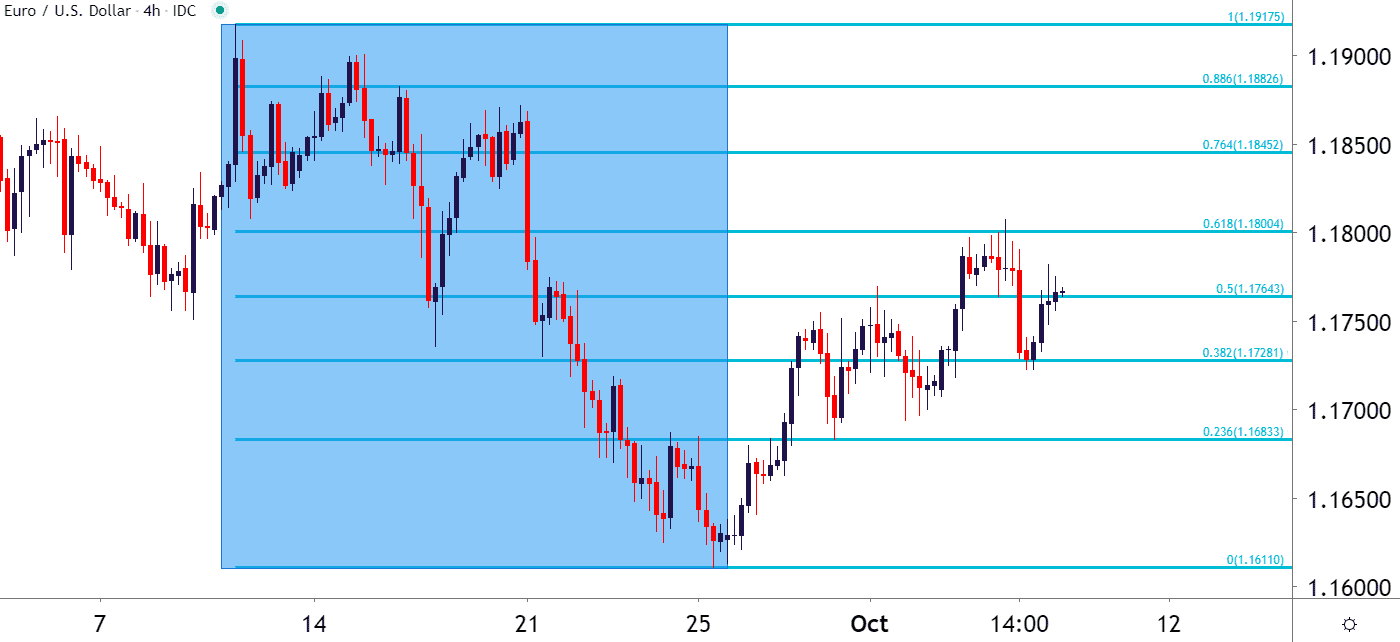
Managing Risks: The Scalper's Shield
While scalping can be lucrative, it's crucial to manage risks effectively. Scalpers operate in a fast-paced environment where unexpected price movements can occur. Here are some risk management tips:
- Set Tight Stop-Loss Orders: Scalpers should have well-defined stop-loss orders to limit potential losses in volatile market conditions.
- Diversify: Don't put all your eggs in one basket. Trade multiple currency pairs to spread risk.
- Stay Informed: Stay updated on economic news, central bank decisions, and geopolitical events. These factors can impact the forex market.
Footnote
In summary, mastering the art of scalping requires dedication, discipline, and continuous learning. By exploring various scalping strategies and developing a strong risk management plan, you'll be better prepared to navigate the fast-paced world of Forex trading. Remember, practice makes perfect. Start with a demo account, refine your strategies, and gradually transition to live trading. May your scalping journey be filled with consistent small wins!
FAQs (Frequently Asked Questions)
Q: Is scalping suitable for beginners?
A: Scalping can be challenging for beginners due to its fast-paced nature and the need for quick decision-making. It's recommended to first gain experience with other trading styles before attempting scalping.
Q: Which currency pairs are best for scalping?
A: Major currency pairs like EUR/USD, GBP/USD, and USD/JPY are popular among scalpers due to their liquidity and tight spreads.
Q: How much capital do I need to start scalping?
A: The required capital varies based on the broker's minimum deposit and your risk tolerance. It's essential to start with an amount you can afford to lose.
Q: Do scalpers hold positions overnight?
A: No, scalpers aim to close positions within the same trading day. They avoid holding positions overnight to minimize exposure to overnight risks.
Q: What's the key to consistent success in scalping?
A: Consistency in following your chosen strategy, effective risk management, and staying updated on market conditions are crucial for sustained success in scalping.











Discussion